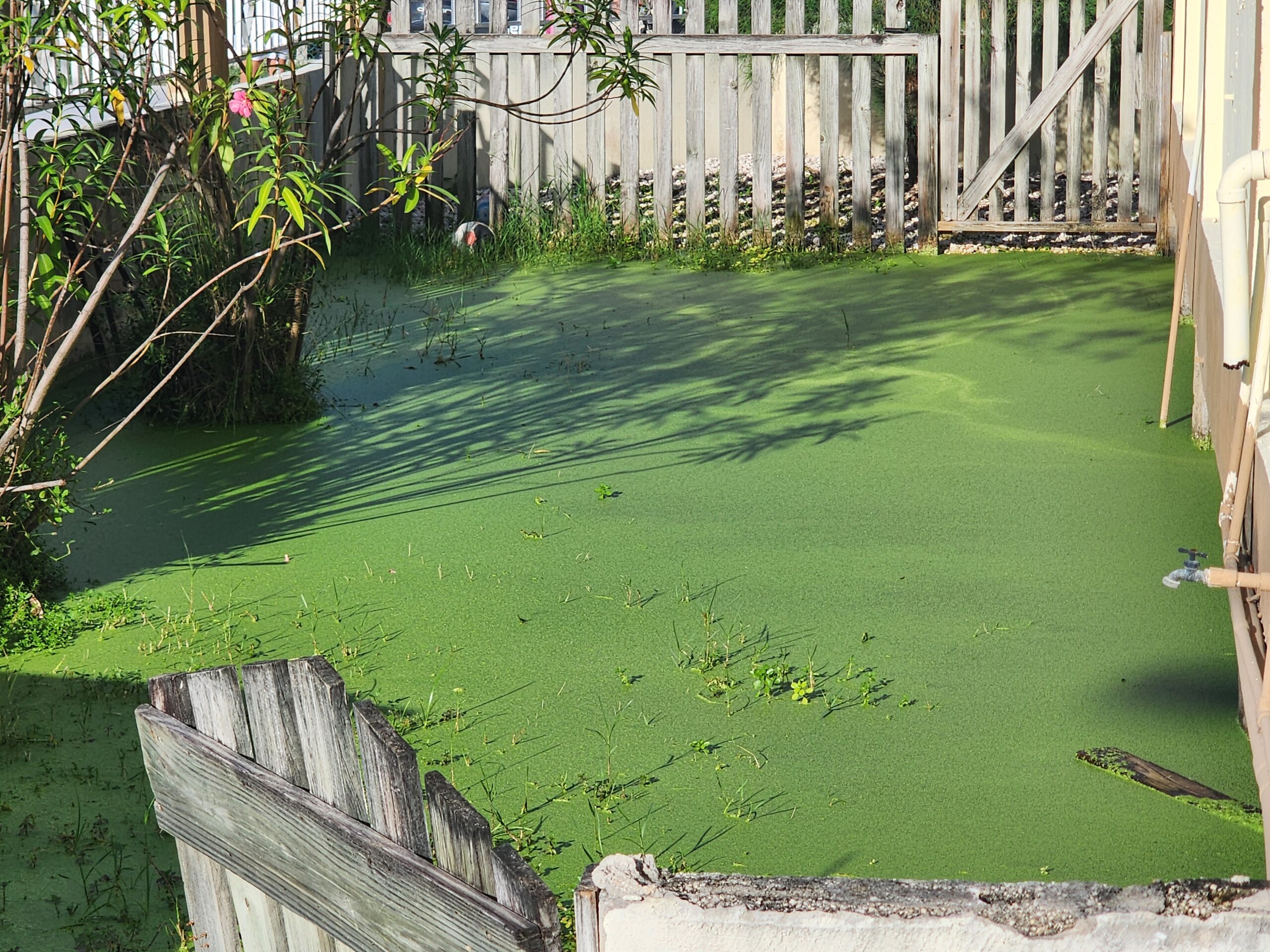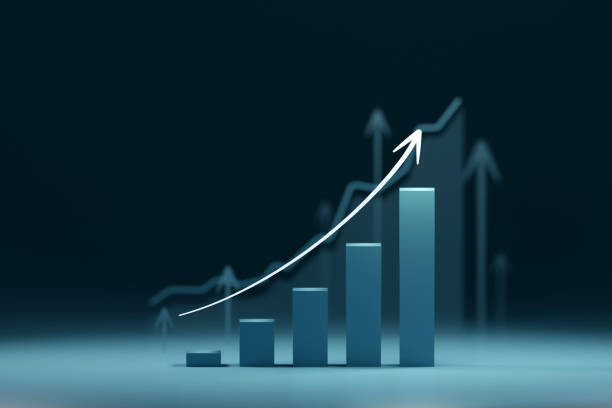GULF Joins Forces with Global Partners to Develop 12 Industrial Waste-to-Energy Plants – Nation Thailand

Report on the Development of Industrial Waste-to-Energy Plants in Thailand
Project Overview
Gulf Development Public Company Limited (GULF) has initiated a significant project aimed at advancing sustainable waste management and renewable energy generation in Thailand. The company has entered into an Engineering, Procurement, and Construction (EPC) contract with international partners, Energy China (Thailand) and China Power Engineering Consultant Group International Engineering (CPECC-INTER), for the development of twelve industrial waste-to-energy power plants. This initiative represents a substantial contribution to Thailand’s national policy on increasing renewable energy sources and directly supports multiple United Nations Sustainable Development Goals (SDGs).
Project Specifications and Strategic Impact
The project encompasses the construction and operation of twelve Very Small Power Producer (VSPP) facilities, strategically located to address industrial waste challenges and energy demands.
- Number of Plants: 12
- Installed Capacity: 9.9 megawatts per plant
- Location: Key industrial zones in the central and eastern regions of Thailand
- Primary Objective: To convert industrial waste into clean energy, promoting a circular economy and sustainable industrial practices.
Alignment with Sustainable Development Goals (SDGs)
This initiative is fundamentally aligned with the global agenda for sustainable development, making direct and measurable contributions to several key SDGs:
- SDG 7: Affordable and Clean Energy: By generating nearly 120 megawatts of electricity from industrial waste, the project increases the share of renewable energy in the national energy mix, providing a clean and reliable power source.
- SDG 9: Industry, Innovation, and Infrastructure: The construction of these state-of-the-art facilities enhances Thailand’s industrial infrastructure, promoting sustainable industrialization and fostering innovation in waste management technology.
- SDG 11: Sustainable Cities and Communities: The project provides a critical solution for managing industrial waste in densely populated economic zones, reducing landfill dependency and mitigating environmental pollution, thereby making industrial areas safer and more sustainable.
- SDG 12: Responsible Consumption and Production: This waste-to-energy model epitomizes the principles of a circular economy. It substantially reduces waste generation by transforming industrial by-products into a valuable energy resource, promoting sustainable production patterns.
- SDG 13: Climate Action: The project contributes to climate change mitigation by diverting waste from landfills, which reduces methane emissions, and by displacing fossil fuel-based power generation, thereby lowering the carbon footprint of Thailand’s industrial sector.
Contractual and Partnership Details
The formal EPC contract signing marks a critical milestone in this multi-stakeholder collaboration. The agreement solidifies the partnership between GULF and its globally recognized engineering partners.
- Lead Developer: Gulf Development Public Company Limited (GULF), represented by CEO Mr. Sarath Ratanavadi.
- EPC Contractors: A consortium of Energy China (Thailand) and China Power Engineering Consultant Group International Engineering (CPECC-INTER).
- Key Signatory: Mr. Ma Xiaofeng, Chairman of Shanxi Electric Power Engineering Company (SEPEC), representing the contracting partners.
This strategic alliance leverages international expertise in engineering and construction to ensure the successful and efficient delivery of the twelve power plants, reinforcing Thailand’s commitment to sustainable development and a green economy.
Analysis of Sustainable Development Goals (SDGs) in the Article
1. Which SDGs are addressed or connected to the issues highlighted in the article?
The article highlights issues and initiatives that are directly connected to several Sustainable Development Goals. The development of waste-to-energy plants touches upon energy, infrastructure, sustainable communities, and partnerships. The following SDGs are addressed:
- SDG 7: Affordable and Clean Energy – The project’s core purpose is to generate energy from waste, contributing to the country’s renewable energy portfolio.
- SDG 9: Industry, Innovation, and Infrastructure – The construction of 12 new power plants represents a significant investment in sustainable infrastructure designed to support industrial areas.
- SDG 11: Sustainable Cities and Communities – The initiative directly tackles the problem of industrial waste management, which is a critical component of creating sustainable urban and industrial environments.
- SDG 12: Responsible Consumption and Production – By converting waste into a resource (energy), the project supports sustainable waste management practices and contributes to a more circular economy.
- SDG 17: Partnerships for the Goals – The project is a collaboration between a Thai company (GULF) and global partners from China (Energy China and CPECC-INTER), exemplifying an international partnership to achieve sustainability goals.
2. What specific targets under those SDGs can be identified based on the article’s content?
Based on the details provided in the article, several specific SDG targets can be identified:
-
SDG 7: Affordable and Clean Energy
- Target 7.2: “By 2030, increase substantially the share of renewable energy in the global energy mix.” The article explicitly states that the project contributes to “the government’s policy of increasing the country’s proportion of renewable energy.” Waste-to-energy is considered a form of renewable energy.
-
SDG 9: Industry, Innovation, and Infrastructure
- Target 9.4: “By 2030, upgrade infrastructure and retrofit industries to make them sustainable, with increased resource-use efficiency and greater adoption of clean and environmentally sound technologies and processes…” The construction of 12 waste-to-energy plants is a direct upgrade of infrastructure using an environmentally sound technology to manage industrial waste.
-
SDG 11: Sustainable Cities and Communities
- Target 11.6: “By 2030, reduce the adverse per capita environmental impact of cities, including by paying special attention to air quality and municipal and other waste management.” The project focuses on “sustainable waste management” for “large amounts of industrial waste,” directly addressing the “other waste management” aspect of this target in key industrial regions.
-
SDG 12: Responsible Consumption and Production
- Target 12.5: “By 2030, substantially reduce waste generation through prevention, reduction, recycling and reuse.” While the project focuses on treatment rather than reduction at the source, converting waste to energy is a form of recovery that aligns with the goal of managing waste sustainably and reducing the final volume that requires disposal.
-
SDG 17: Partnerships for the Goals
- Target 17.17: “Encourage and promote effective public, public-private and civil society partnerships, building on the experience and resourcing strategies of partnerships.” The article describes a significant private-private partnership between GULF (Thailand) and “two global partners,” Energy China and CPECC-INTER, to achieve a common sustainability objective.
3. Are there any indicators mentioned or implied in the article that can be used to measure progress towards the identified targets?
The article provides several specific and implied indicators that can be used to measure progress:
- For SDG 7:
- Indicator: The total installed capacity of renewable energy. The article specifies “12… VSPP waste-to-energy power plants” with “an installed capacity of 9.9 megawatts” each, for a total of 118.8 megawatts of new capacity.
- Implied Indicator: The amount of electricity generated from waste (renewable source) that is added to the national grid.
- For SDGs 11 and 12:
- Implied Indicator: The total volume or tonnage of industrial waste processed annually by the 12 plants. The article mentions the plants will be located in areas with “large amounts of industrial waste,” implying that the amount of waste managed will be a key metric of success.
- For SDG 9:
- Indicator: The number of new sustainable infrastructure units constructed. The article clearly states the construction of “12… waste-to-energy power plants.”
- Implied Indicator: The total investment in clean and environmentally sound technology, represented by the value of the EPC contract.
- For SDG 17:
- Indicator: The number of multi-stakeholder partnerships for sustainable development. The article details one major international partnership agreement between GULF and its two Chinese partners.
4. Table of SDGs, Targets, and Indicators
| SDGs | Targets | Indicators |
|---|---|---|
| SDG 7: Affordable and Clean Energy | 7.2: Increase substantially the share of renewable energy in the global energy mix. |
|
| SDG 9: Industry, Innovation, and Infrastructure | 9.4: Upgrade infrastructure and retrofit industries to make them sustainable… with greater adoption of clean and environmentally sound technologies. |
|
| SDG 11: Sustainable Cities and Communities | 11.6: Reduce the adverse per capita environmental impact of cities, including by paying special attention to… municipal and other waste management. |
|
| SDG 12: Responsible Consumption and Production | 12.5: Substantially reduce waste generation through prevention, reduction, recycling and reuse. |
|
| SDG 17: Partnerships for the Goals | 17.17: Encourage and promote effective public, public-private and civil society partnerships. |
|
Source: nationthailand.com

What is Your Reaction?
 Like
0
Like
0
 Dislike
0
Dislike
0
 Love
0
Love
0
 Funny
0
Funny
0
 Angry
0
Angry
0
 Sad
0
Sad
0
 Wow
0
Wow
0



















































.jpg.webp?itok=0ZsAnae9#)
























